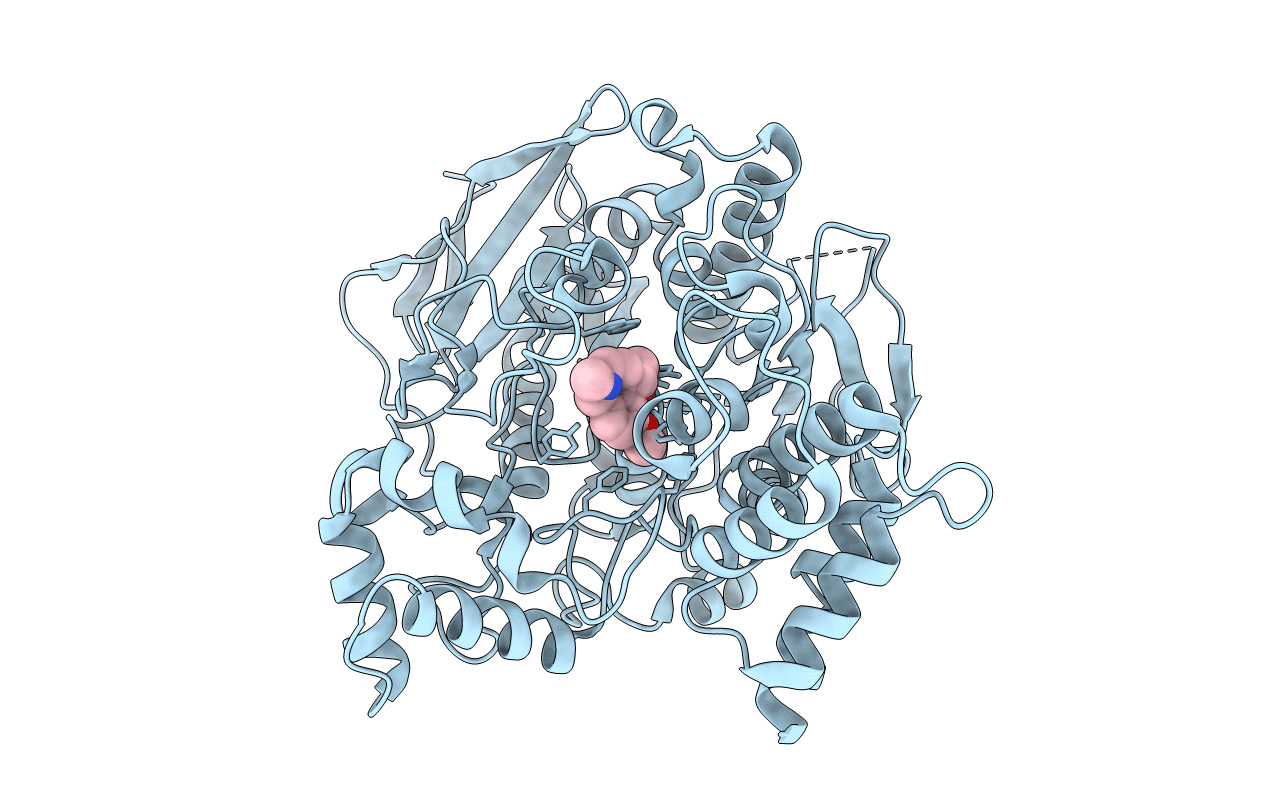
Deposition Date
1999-06-28
Release Date
1999-12-29
Last Version Date
2024-10-09
Method Details:
Experimental Method:
Resolution:
2.50 Å
R-Value Free:
0.23
R-Value Work:
0.19
R-Value Observed:
0.19
Space Group:
P 31 2 1


